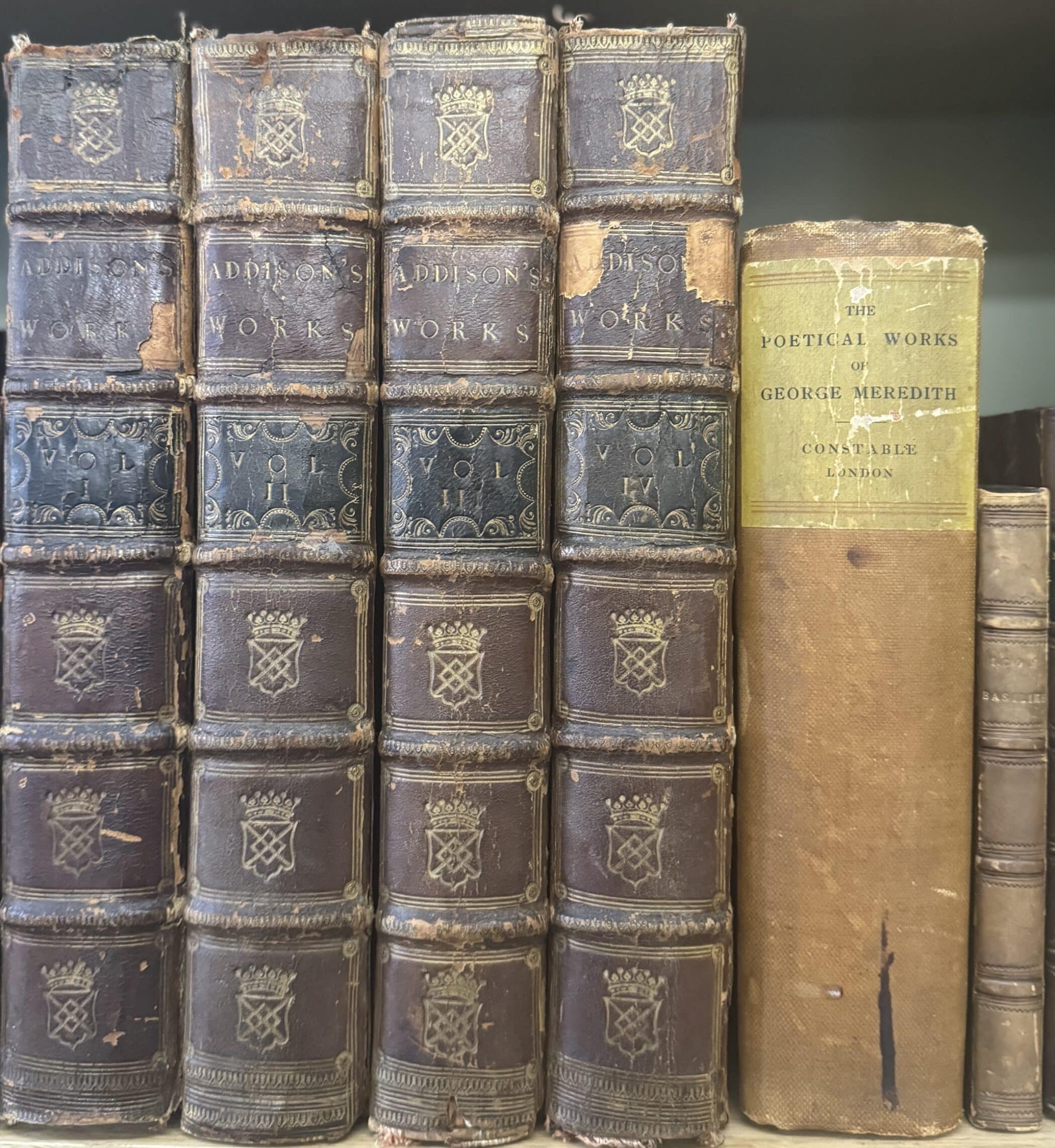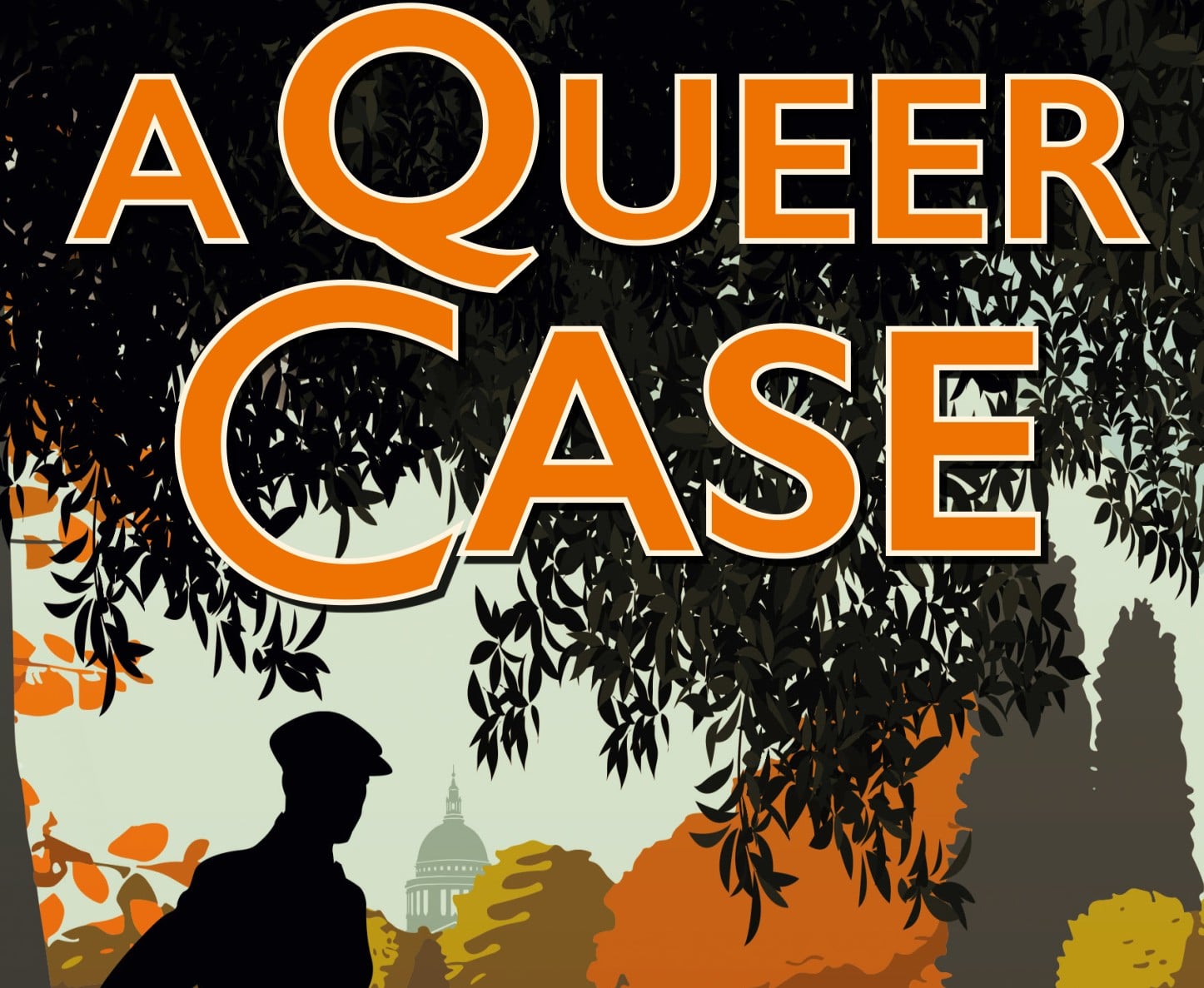The Linacre Library team are working on a large project to develop a reference collection, housed in the Ryle Room, of fragile and special books. To begin with this process involved identifying and moving the most fragile and, generally, oldest books from the main collection shelves to the protection of the Ryle Room cabinets, where they can be consulted for reference but not taken out on loan in order to preserve them going forward. Additionally, Linacre has many other valuable books which have – until now – been dispersed in various locations across the College in cabinets and on the Nadel Room shelves, and a large selection of these are also forming the new reference collection. During these stages of identification, cataloguing and conservation practices, there have been a number of exciting discoveries of books with particularly interesting provenance, rarity or special bibliographic history. To celebrate World Book Day, which will be on 7th March this year, we want to highlight a small selection of the treasures in the new Linacre Library reference collection and hope that in doing so we can encourage an enjoyment of the wonder to be found in the world of books and reading.
The earliest book identified in the collection is a 1649 publication of Eikon Basilike, subtitled ‘The Pourtraicture of His Sacred Majestie in Solitudes and Sufferings’. The authorship and origins of this seventeenth-century text has mystified historians since its publication, with Charles I himself being the first assumed author but later findings suggest a collaborative effort with John Gauden as a ghost-writer. With the first edition having been published on the very same day as Charles I’s execution in January 1649, this was a highly influential book in the seventeenth century as a blend of political and spiritual autobiography of the King, and the dramatic frontispiece depicts him as a divine protector of the state. The copy held at Linacre has additional interest in the inscriptions found on the back page and in marginalia throughout the book, ascribing ownership to Edward Ford. A Royalist soldier in the Wars of the Three Kingdoms, Ford also acted as a negotiator between Charles I and Parliament leading up to the 1648 English Civil War, and his inscription in this copy of Eikon Basilike contributes to its historical significance and treasured place in the Linacre reference collection.
An eighteenth-century highlight is a set of four volumes of The Works of the Right Honourable Joseph Addison, published in 1721 by bookseller Jacob Tonson at the Shakespeare’s Head in London. Alongside Richard Steele, Addison founded The Spectator magazine and the two have since retained a legacy of pioneering the genre of the critical essay during the rise of periodicals, affording this set of volumes a valuable place in the selection of books on bibliographic history housed in the Linacre Library. Of particular interest is the provenance inscription inside the cover of the first volume, attributing prior possession to the collection at Ham House in Richmond, a property now cared for by the National Trust. While the journey of the books from Ham House to Linacre is unknown, that the National Trust collection at Ham House does now contain a 1721 set of the four volumes with non-indigenous provenance, bequeathed by an individual in the 1990s, demonstrates the flow and movement of books in special collections and why it is so important to enjoy and celebrate the items that Linacre is so fortunate to hold.
A more modern treasure which is in a live process of investigation is a 1912 edition of The Poetical Works of George Meredith, from the publisher Constable and Co., London. Though an unassuming book on first appearance, again it is the uniqueness of this particular copy owing to an inscription which heightens the interest of its presence in the reference collection. Inscribed with ‘Hardy, 1917’, there is strong reason to suspect that this is an inscription from Thomas Hardy himself: Meredith and Hardy were closely linked both by critics of their similar ‘poet-novelist’ style and in direct mentorship from the former to the latter during Hardy’s early years as a writer, and the penmanship does suggest it is that of Hardy based on comparative research with the author’s manuscripts and correspondence. As it can be a challenging task to confirm provenance based on handwritten evidence, assessing these contributing factors together Linacre Library Assistant Amy Wells will consult with Hardy experts when she is presenting a paper at the Thomas Hardy Society conference in August later this year, to try and determine whether this suspected connection can be drawn.
In addition to the three books that have been highlighted here, there are around 500 titles being brought together as the new reference collection. Including nineteenth-century literary classics and children’s literature, local Oxford history books and eighteenth-century poetry collections, we look forward to the collection being used to facilitate research and studying. For further information about the books or to enquire about a consultation, please contact the Library team via library@linacre.ox.ac.uk


















